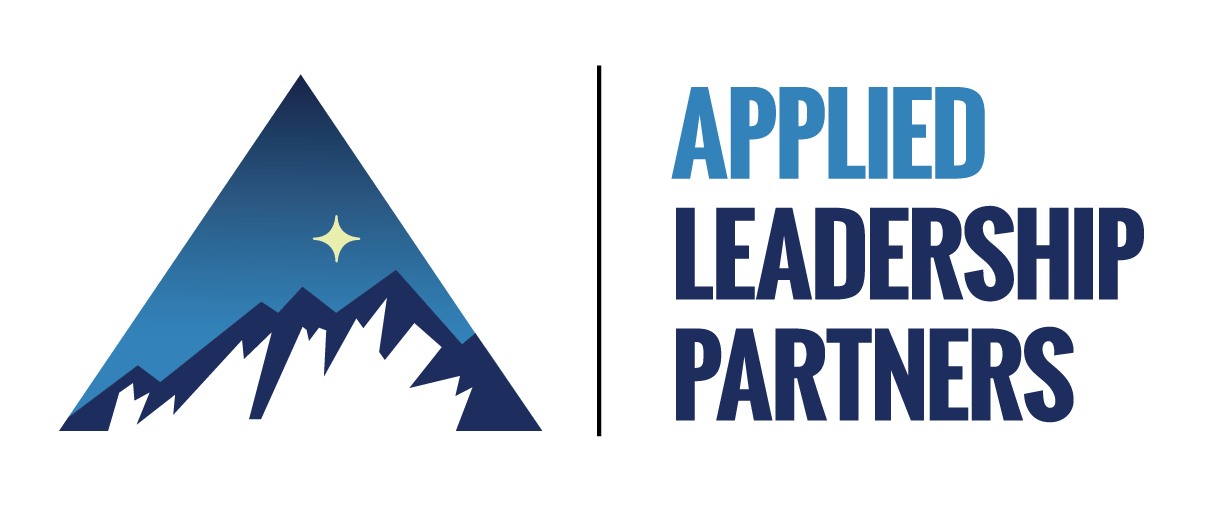One of the best things about being consultants is that we get to work with a wide range of organizations and help them tackle an even wider range of problems. Every company is unique in terms of culture, conditions, and objectives. And it’s important for us to respect that uniqueness. No two engagements have ever been the same, and we are always ready to be surprised. Just like our clients, we are constantly learning.
Because of the nature of our work, we get a lot of reps, and we see a lot of interesting stuff—good, bad, and ugly. Over time, we start to recognize patterns, not necessarily in the problems themselves but in the approach to solving problems. Again and again, we see organizations come up against some common obstacles to the decision-making process. Perhaps the most prevalent of these obstacles is the False Dichotomy.
If you’ve recently been frustrated with our two-party political structure and the candidates it tends to generate, you have a visceral sense of what we’re talking about. You may have even felt the False Dichotomy’s close cousin, the False Dilemma, a dichotomy in which both options seem bad (head or gut?).
Ultimately, the False Dichotomy is a trap. It emerges from black-and-white thinking, the belief that any given matter is “either” one “or” the other. Most things in life are neither. And so are most leadership decisions. At work, false dichotomies come up in all sorts of situations.
Do we retain or release an employee that has been underperforming?
Do we continue to kill a certain project that is falling behind schedule?
Do we say “yes” or “no” to a partnership proposal?
It is human nature to simplify things and create mental shortcuts, especially under stress. In a fast-paced, complex world, we could all be forgiven for trying to come up with clear, simple options. That ability has served us well through the generations, but it can also hold us back in the face of an important and complicated situation.
To help our clients avoid oversimplification and false dichotomies, we often ask a simple question: “Might there be a third way that we’re not seeing?”
Considering that there might be a third (or even fourth) way to reach a solution or resolution is an important step in opening up our thinking and identifying the core of the issue. Too often, we become fixated on the path itself, rather than the actual problem or opportunity that we are trying to address. We convince ourselves that we are confined to only a couple of options and spend so much time debating their respective merits and flaws, that we can lose the forest for the trees. The acknowledgment that a wholly new or different approach is possible can break us out of the trap.
It is important to point out that the “third way” isn’t just a simple compromise or blend of options ‘one’ and ‘two.’ That kind of consensus thinking often yields a solution that is the worst of both options. When exploring a potential third way, we are trying to put fresh eyes on the situation and imagine a solution that generates a favorable outcome. That’s it. Easier said than done.
Part of what makes the false dichotomy trap so prevalent is that it is often driven by emotion. When we feel close to a project or a person, it is difficult to see things clearly. Our judgment is clouded by our past experiences and emotions around the issue. We tend to get hung up on what has already happened and the sunk costs we’ve incurred. When this happens, we are closed off to novel or divergent ideas - just the kind that might free us from the trap and point us in the right direction.
So if you find yourself feeling stuck or frustrated and you’re wondering how you’re going to manage a challenging situation, it may be time to take a step back and get some fresh perspective. This may look like a good old-fashioned brainstorming session with your team. You might consider bringing in some outside help to offer a different viewpoint. Or, you might just go for a walk. In any case, it is important to remember that most of life’s problems can be solved in more than two ways. If you’re facing one right now, look for a third way.




